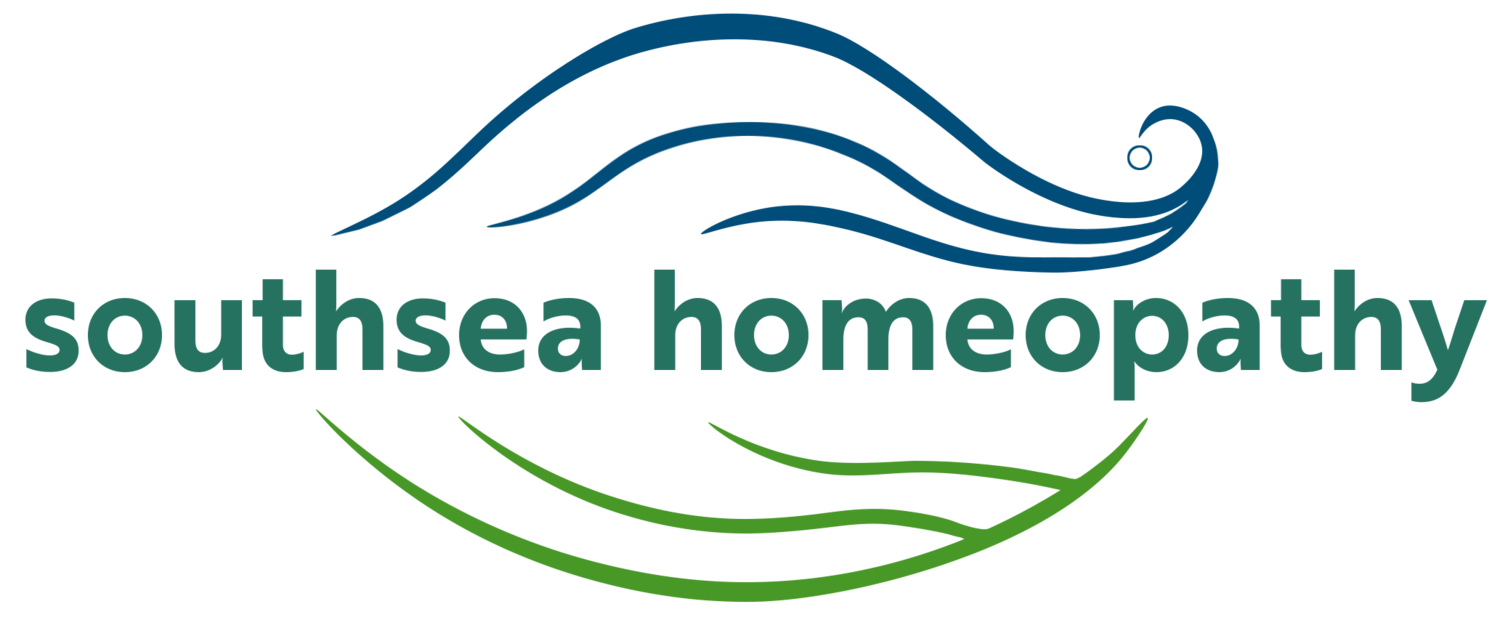Hi all. Here are some more recommendations for a pharmaceutical-free summer using homeopathy plus some traditional naturopathic wisdom. You'll get to find out how bee sting, stinging nettles and poison ivy can be your new best friends when homeopathically prepared.
With insect bites or stings, if there is a severe reaction with a lot of swelling, urgent medical help will be required. Otherwise, try firstly to remove the sting with tweezers if the insect left it behind as its calling card. Then bathe a wasp sting in diluted vinegar or lemon juice, and a bee sting in a solution of bicarbonate of soda to help neutralise the effects. If you have Calendula lotion to bathe the area in, then that may well be enough. If not, consider the following internal homeopathic remedies.
Arnica does wonders especially if you have a child who is in shock, or if that's all you have handy. The remedy Apis is made from bee sting, so no surprises for guessing that it is used for any kind of bite or sting which becomes hot, red, puffy and swollen and which feels better for cold applications. Urtica Urens is a remedy made from stinging nettles, and surprise surprise it is what you need if a nettle-like rash or hives appear following a bite or sting.
The recommended dosage should be one dose of the best-suited remedy in the 30th potency every 2-4 hours on the first day depending on the severity of the symptoms. This should drop to one dose once a day for the next two days.
Hives, also known as nettle rash or urticaria, with their itchy, angry real weals, are usually the result of an allergic reaction to food, plants, drugs or stress. If the mouth, tongue or throat becomes swollen, or if there is any difficulty breathing, seek immediate medical help. However, in normal circumstances, the same remedies as above apply here also.
Apis will be the remedy to consider if the hives are hot, red, puffy and itchy, especially if the person wants the area kept cool. The more swollen the area is, the more likely it is that Apis will be your remedy, particularly if there is puffiness around the eyes and the person develops a fever. Urtica Urens is used when the rash looks as if the person has been stung by stinging nettles (or if they actually have!), when there is itching and burning, and the person can't stop rubbing the affected area. A third remedy, Rhus Tox (poison ivy), is your best bet if the rash becomes water-filled blisters, and if it comes on after becoming chilled.
The best-suited remedy should be given in the same manner as described above. www.helios.co.uk is a trusted source of all things homeopathic.
Thanks for reading. Next week – sunburn – ouch!





